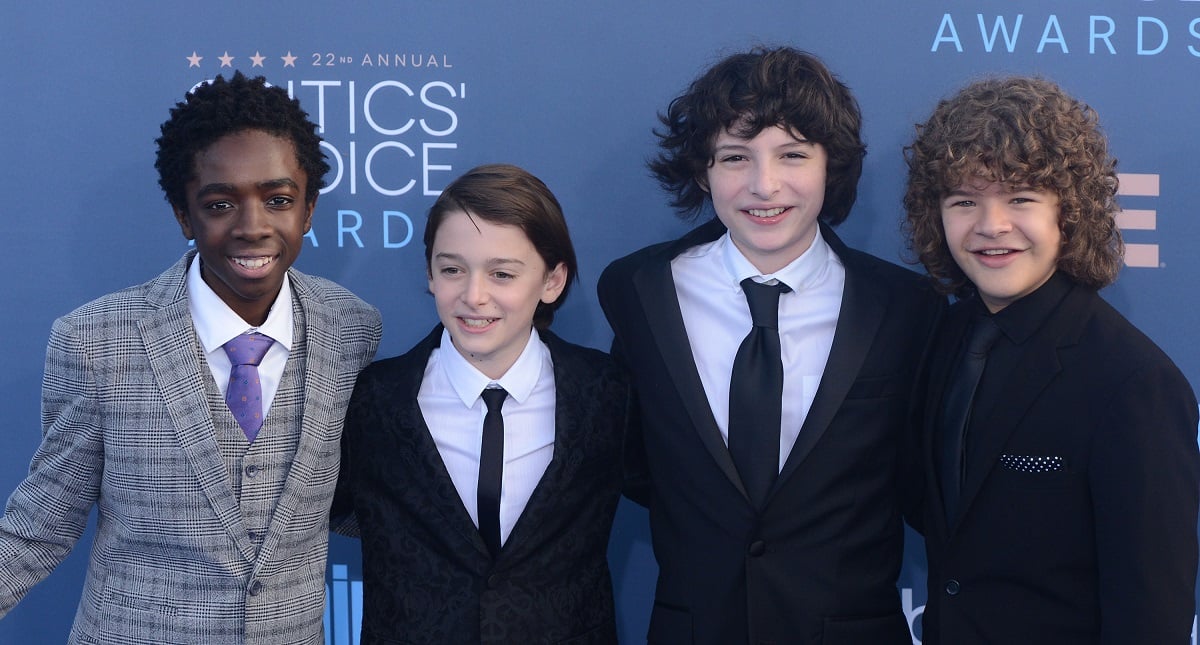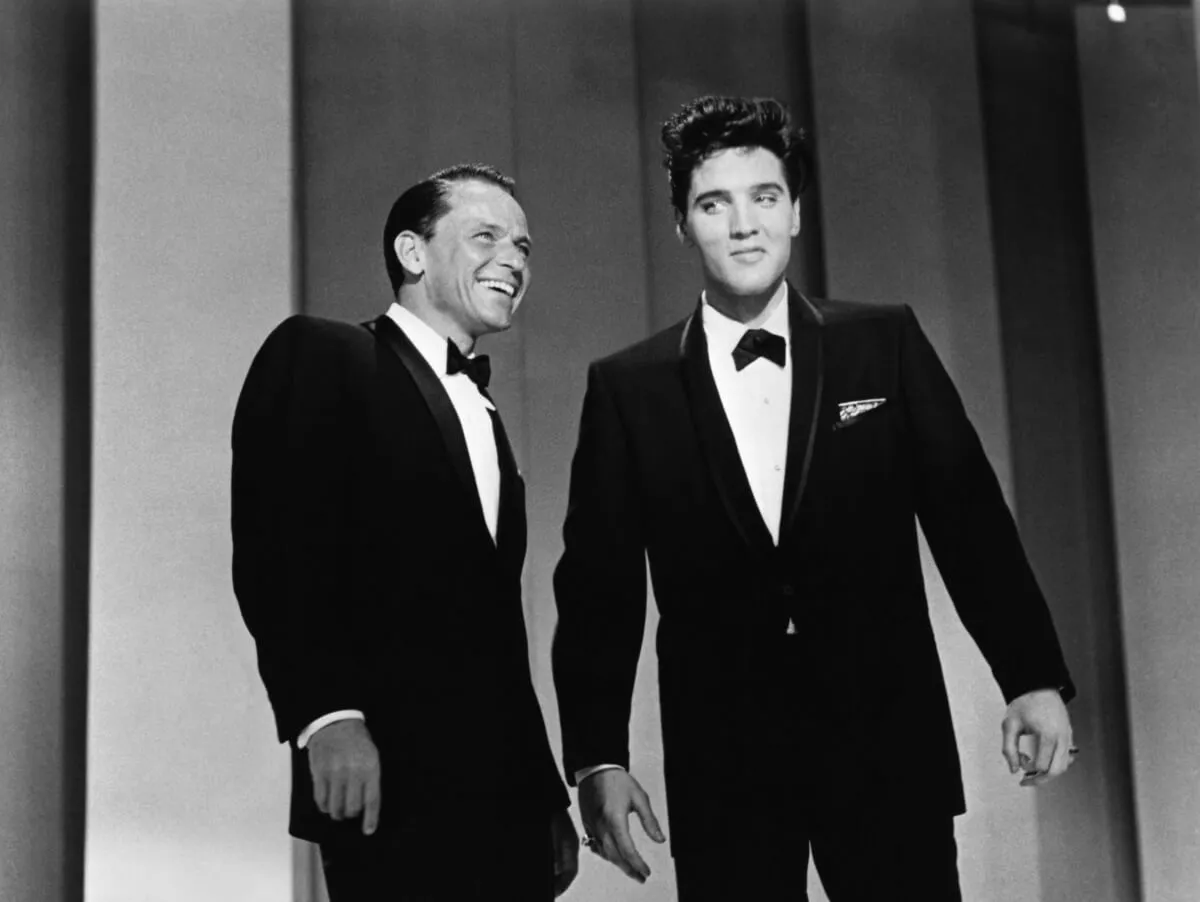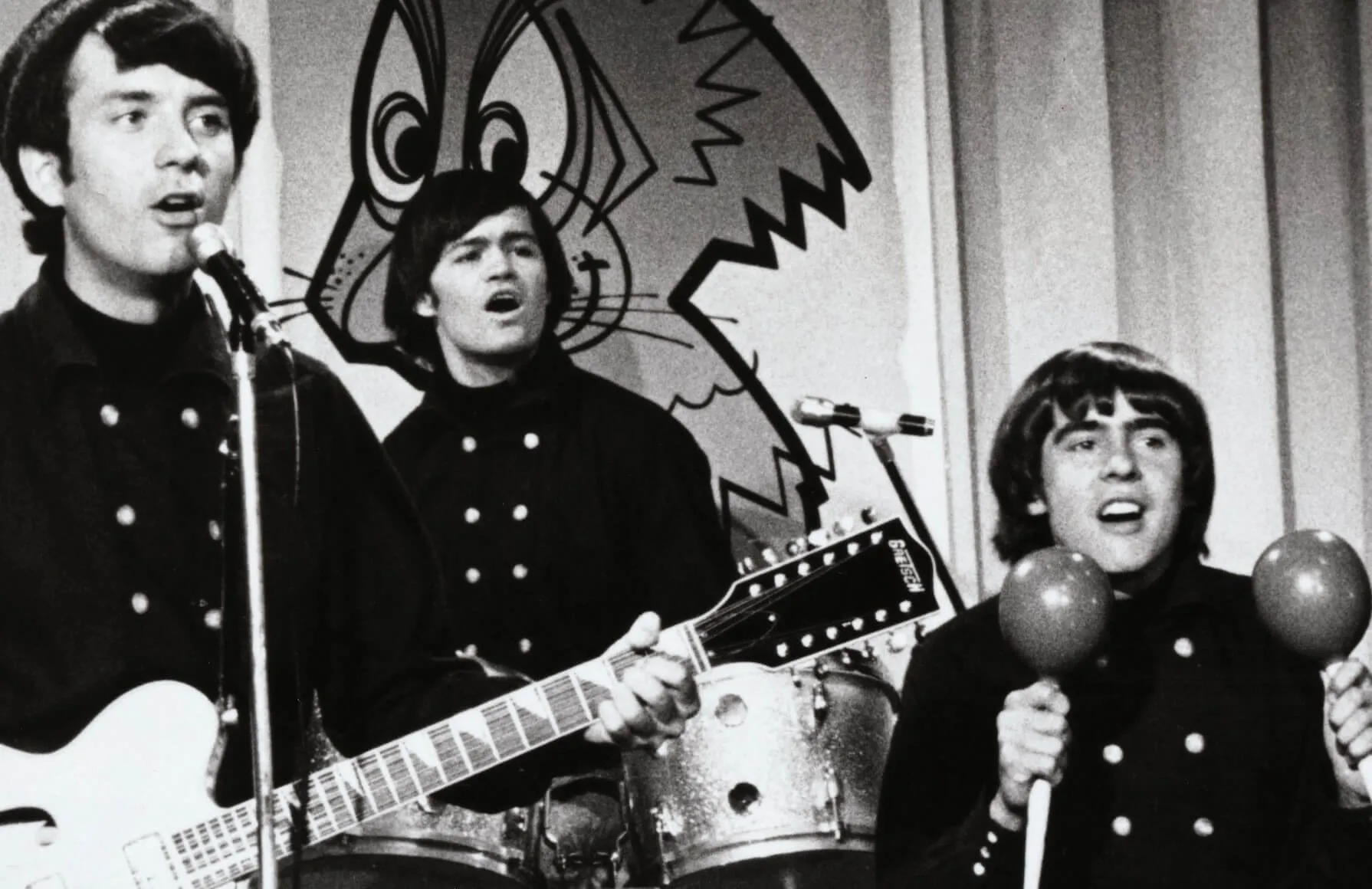‘Stranger Things’: Are the Dungeons and Dragons Scenes Accurate?
Stranger Things is often credited with being a big part of what brought Dungeons and Dragons back into the modern social spotlight. What was once often viewed as the purview of socially incapable nerds living in their mothers’ basements has become acceptable and recognized as a creative social activity among friends. All of that being said, just how accurate was Stranger Things Season 1’s portrayal of Dungeons and Dragons?
Story events were foreshadowed by Dungeons and Dragons

Stranger Things didn’t just include Dungeons and Dragons because it’s cool — and it is. It included it because it’s a hallmark part of the geeky 80s subculture and because it offered an excellent tool for foreshadowing and character introduction.
The very first episode features the Stranger Things crew playing what appears to be the final session of a lengthy campaign, in which they’re fighting Demogorgon — who they refer to as “the” Demogorgon — the prince of demons.
Will Byers makes a roll to cast fireball at the creature, and the d20 he rolls falls off the table. The gang scrambles to try and find it, but Mike’s mother interrupts them, telling everyone it’s time to head out.
Will finds the die after and confides in Mike that he rolled a mere 7 — not enough to cast his spell. All of this foreshadows Will trying to fend off the Demogorgon that attacks their town with a rifle and failing before being abducted.
Later, at the end of Stranger Things Season 1, the players have to end a campaign early. They complain about loose ends, including the “lost knight,” “proud princess,” and “weird flowers in the cave.”
Many fans have differing theories about what these are referencing, but there seems to be a general consensus that they are foreshadowing various future events, such as Hopper being the lost knight, Max or El being the proud princess, and the weird flowers being the demo-dogs.
Are the ‘Stranger Things’ Dungeons and Dragons scenes accurate?
So just how accurate is the portrayal of Dungeons and Dragons in Stranger Things? Well, from a social and gameplay experience viewpoint, pretty accurate. Hanging out with your closest buds late into the night, dropping dice and panicking, players yelling strategies over each other in tense moments — I can vouch for all of these things happening firsthand.
Also accurate is “the party” gradually breaking up or losing interest in campaigns as life and responsibilities rear their ugly heads. As many players can attest, especially in adulthood, gathering up a group of friends to schedule a game is a challenge, and sometimes other interests take priority.
As far as rules go, Stranger Things missed the mark a little bit. “The” Demogorgon is really just Demogorgon, as it’s a proper noun — but this is the smallest of quibbles. Additionally, a player shouldn’t really need to be making a roll when casting fireball. If anything, the target or targets would be making a roll to save against the spell.
What’s more, Demogorgon has 95% magic resistance, which would bolster its likelihood of resisting the spell. Additionally, the miniature the crew uses for Demogorgon wasn’t actually released until a year after the events of Stranger Things take place.
Does it matter? Probably not!
But all of that being said, these are minor rules quibbles. And likely, Will rolling for fireball was added to make the foreshadowing more relevant and the events of the game clearer to viewers.
Plus, Stranger Things did such a good job capturing the camaraderie and excitement of Dungeons and Dragons that it really doesn’t matter. That’s the most important aspect of the game, after all.
Beyond that, we can thank Stranger Things for helping to bring Dungeons and Dragons back into the mainstream — and that’s a big deal.


